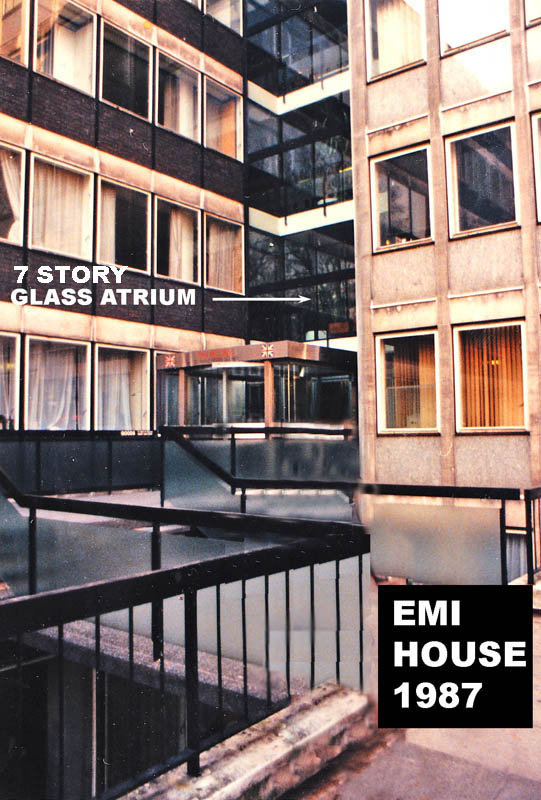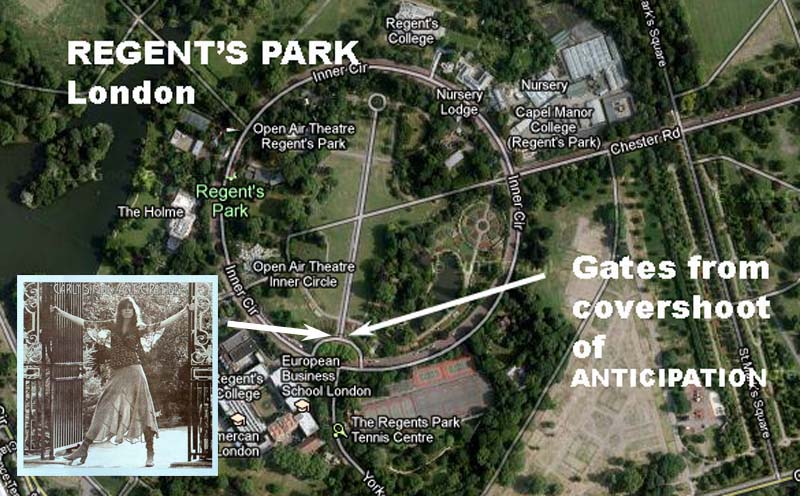 | |||
 | |||

|
10 London & U.K. - Album Cover Locations DAVID BOWIE - ZIGGY STARDUST (The Rise and Fall of Ziggy Stardust and the Spiders from Mars) (released by RCA records 1972; cover photo by Brian Ward; Art Work by Terry Pastor of Main Artery) 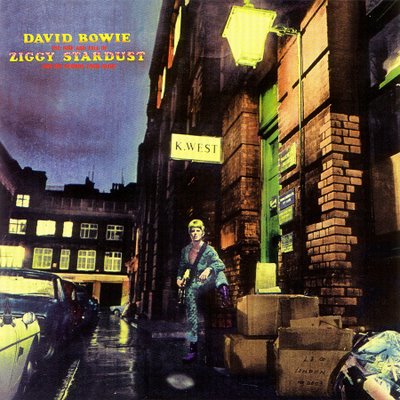
The location of the film shoot. The Ziggy Stardust photo was taken outside of 23 Heddon Street, a small, block-long, dead end street in central London, just west of Carnaby street. This photograph is from a trip I took to London in 1987. 
Here's the album cover superimposed over the actual site. 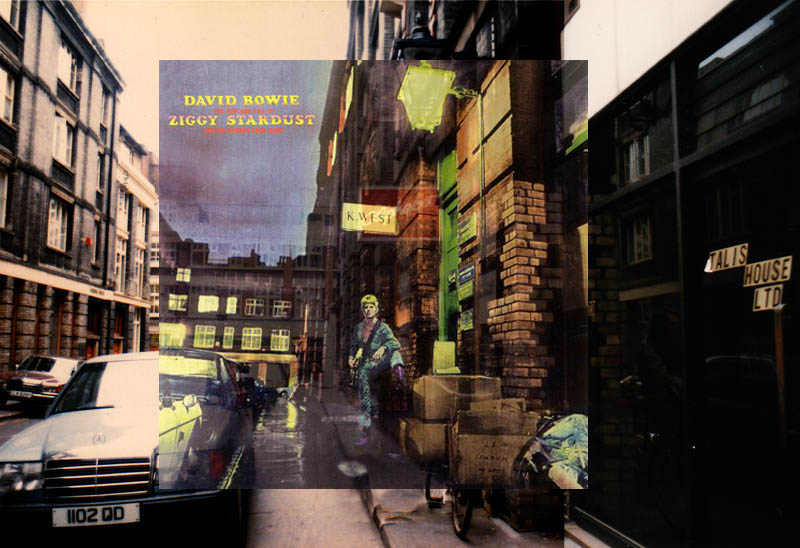
I visited this site in 1987 after reading about it in a guidebook about historic rock and roll places in London" that I bought during a vacation there. There's an upscale outdoor restaurant at the site of the photograph now so you might not be able to get the same photo angle. On Google Street Views you can only get to where I've put a white rectangle around the windows behind Bowie at the end of the street in the next photo. The red telephone booth from the back cover of the album, which was at the end of the street that Bowie is facing, was removed for a long time, but may have been replaced. "K. West" (the sign in back of Bowie) was a man who dealt in furs. According to the website 5years.com, the photographer, Brian Ward, had his studio on Heddon Street and shot 17 stills of Bowie using black and white film. The resulting pictures were later colorized to make Bowie seem somewhat like an alien. (For more on the artwork, go to 5years.com/art.htm, and to see the 17 outtakes go to 5years.com/opgall.htm 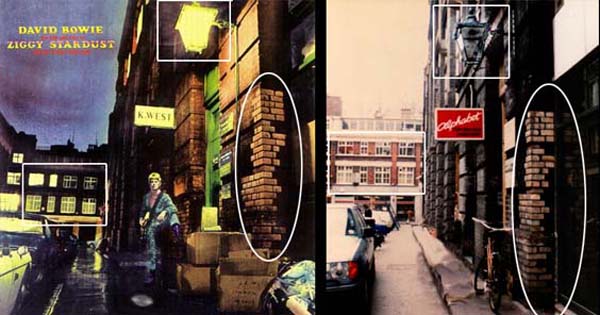
Here's where Heddon Street is on a map of central London, in case you want to beam down. 
This is Heddon Street via Google Street Views. The camera doesn't go to the end of the street, but you can zoom and look for the lamp above #23 on the left. 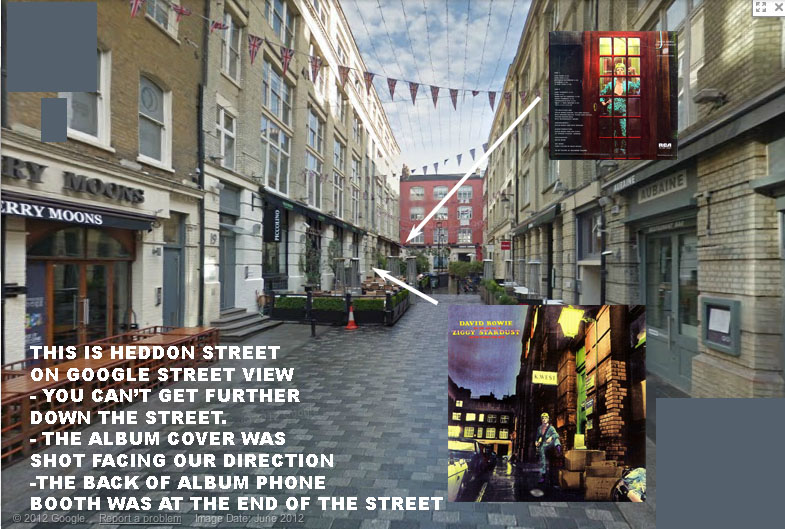
IAN DRURY - NEW BOOTS & PANTIES!! (released by Stiff Records in 1977; cover photo: Chris Gabrin brush-lettering Barney Bubbles) (note: The Blockheads formed later) The album cover photo, featuring Ian Dury and his son Baxter. 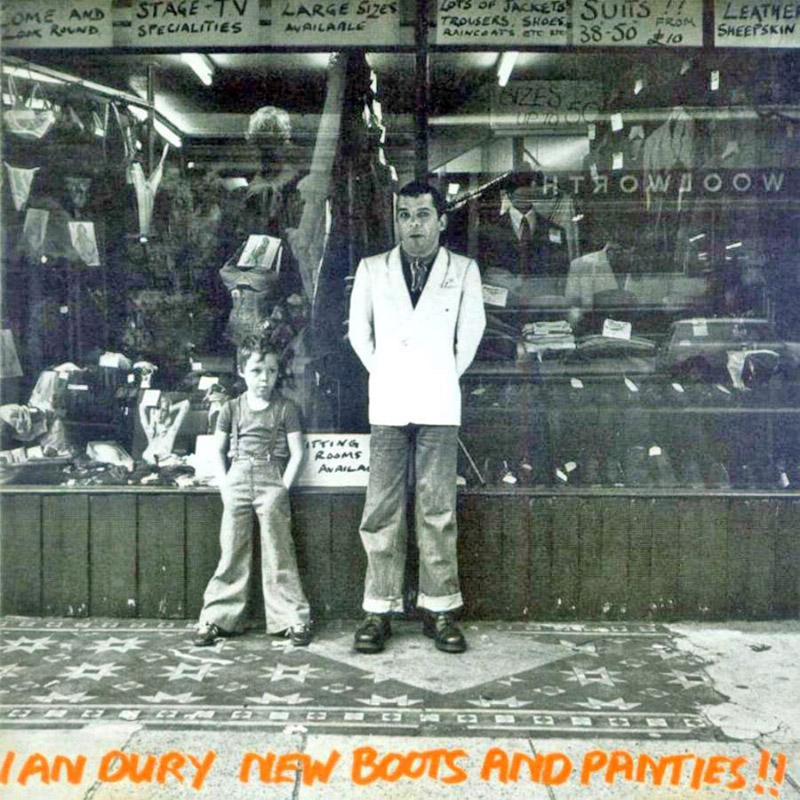
The album cover was taken in front of the Axford Clothing store located at 306 Vauxhall Bridge Road in the Vauxhall section of London, near Dury's house. I took this photo in 1987. The store is long gone, as is the Woolworth store across the street that can be seen in reflection on the cover. In fact, on Google Street Views there is a large nondescript building on the spot where 306 Vauxhall used to be. Accoring to Wikipedia "the title derives from Dury's habit of buying second hand, and refers to the only items he insisted on buying new." 
Here's a shot of the album cover superimposed over the shot I took in 1987. 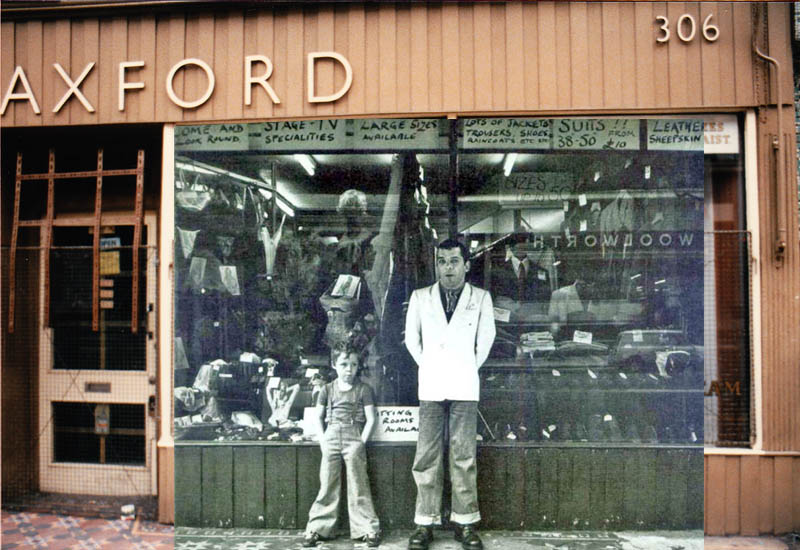
And a look at how things had not changed much between 1977 and 1987. 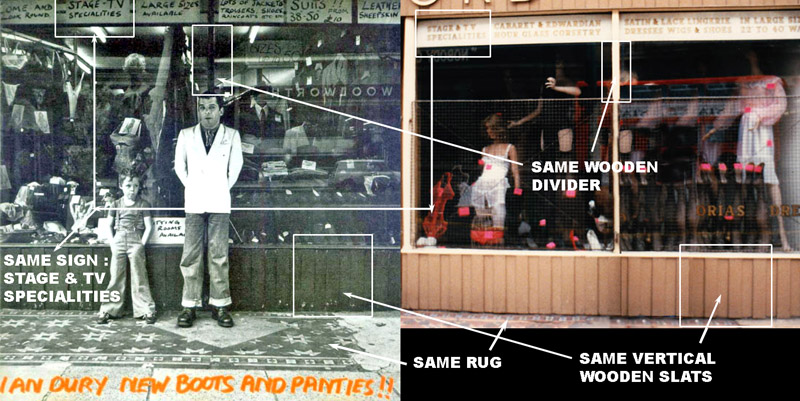
New Boots & Panties contained such songs as Wake up and Make Love with Me and Billericay Dickie. Perhaps Ian Dury's most famous song was Sex & Drugs & Rock & Roll, released as a single in 1977. The map below shows where the store was. 
PINK FLOYD - The Division Bell (released by EMI records in 1994; cover photo by Storm Thorgerson; sculptures devised by Keith Breedeen and constructed by John Robertson.) 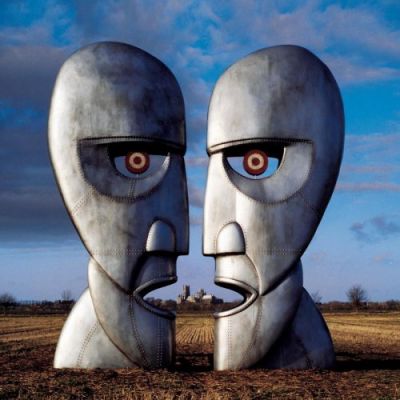
This is where the cover photo was taken - in a field outside of Ely, England. You can see the Ely Cathedral in the distance. 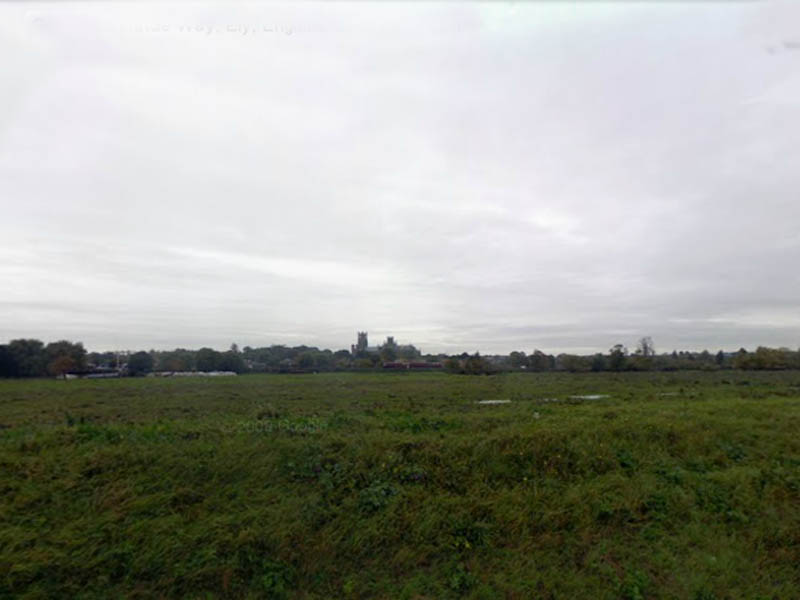
Here's the album superimposed on a Google Street View shot from last year. 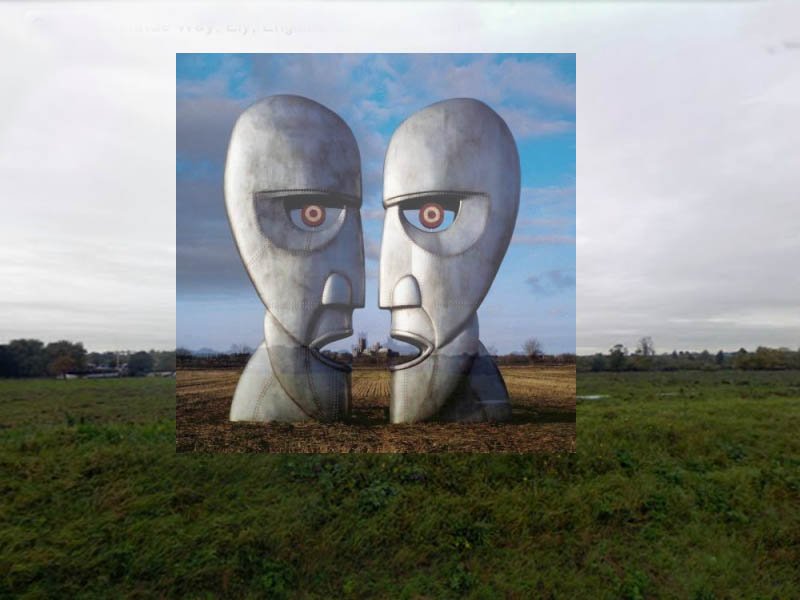
Here's a closer look at the cathedral. This picture came from a huge blow-up poster of the cover on the wall of Bleecker Bob's used record store in New York. And here's a photo of the building from Wikipedia Commons. If you zoomed in on the cathedral, you'd see this, from a slightly different angle. 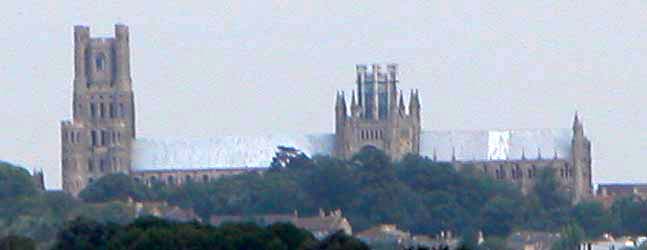
Here is where I figure the photo was taken judging from the angle the cathedral was photographed. To get here I "flew" to Ely on Google Maps, figured out the angle of the church from above, then searched around several streets on Google Street View until I found what looked to be the field. 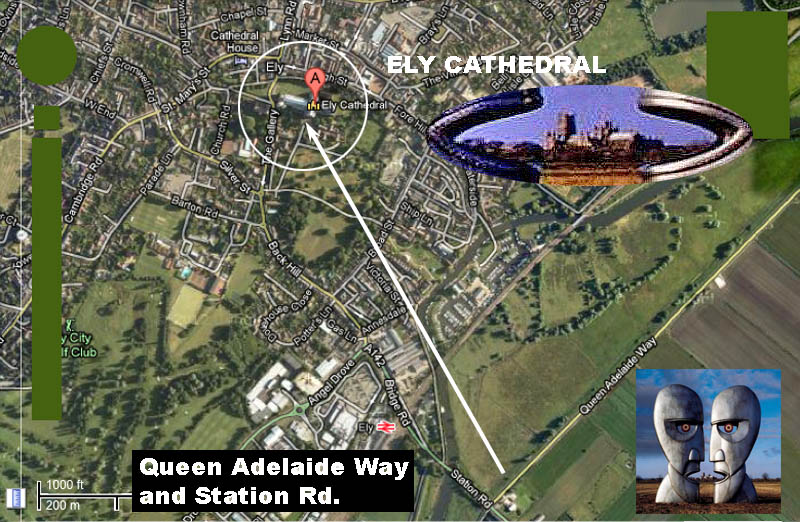
Here's Wikipedia's description of the creation of the cover: "Longtime Floyd collaborator Storm Thorgerson provided the album artwork. He erected two large metal heads, each the height of a double-decker bus, in a field near Ely, the sculptures were positioned close together, and photographed in profile, to give the illusion that not only were they facing and talking to each other, they also presented the viewer with a third face." The sculptures are now in the Rock and Roll Hall of Fame in Cleveland, Ohio. 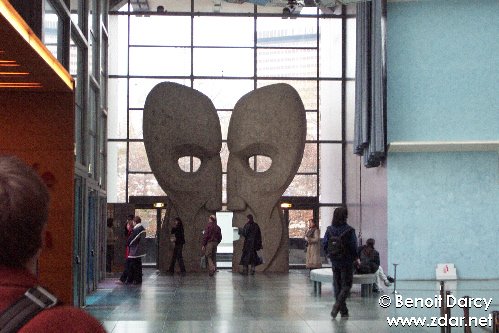
(Flickr Commons photo by Benoit Darcy) Lastly, regarding the title of the album: Wikipedia indicates "The general theme of communication (of the album) is reflected in the choice of name for the album. The Division Bell was inspired by the division bell rung in the British parliament to indicate a vote is to take place. When the bell goes off, lawmakers have 8 minutes to get to where they have to vote." Here's a picture of the actual Division Bell from the British House of Parliament. 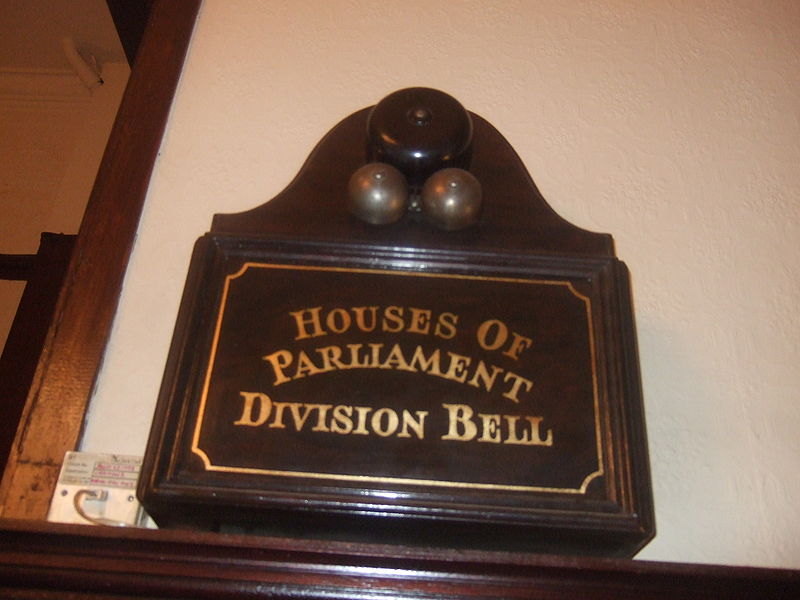
(Wikipedia Commons photo by Richard Pope) OASIS - What's the Story, Morning Glory? (released by Creation Records in 1995; cover photo by Michael Spencer Jones; art direction by Brian Cannon) 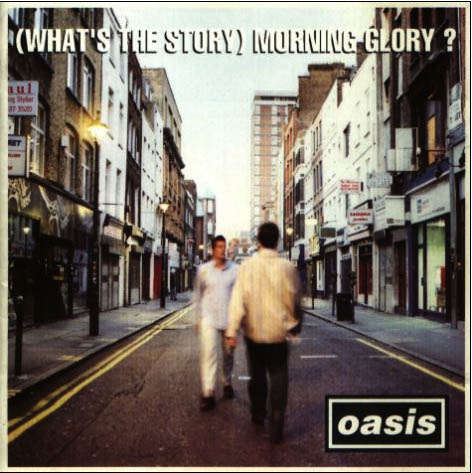
The cover photo was taken on Berwick Street, a street featuring several popular record shops in the Soho section of London. 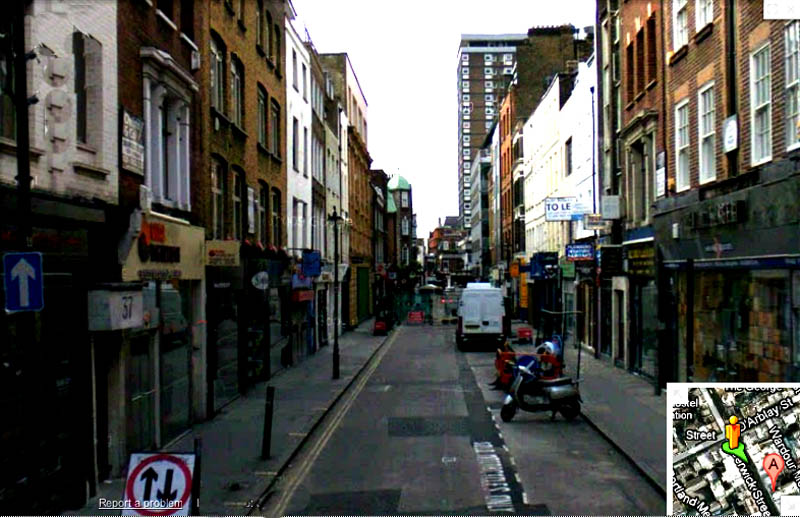
And here is the album superimposed on a Google Street View image. 
To get the exact location, I matched up some architectural elements, as you can see by the matching color boxes. 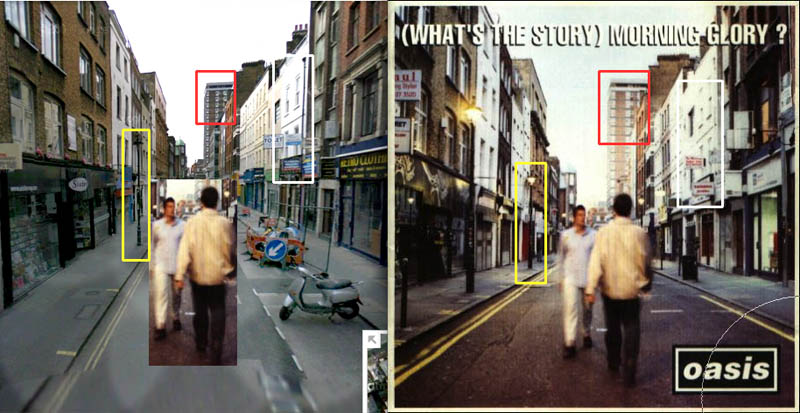
That put the shot right at approximately 34 Berwick Street outside Sister Ray records (Sister Ray is an early 17-minute Velvet Undeground song from 1968.) 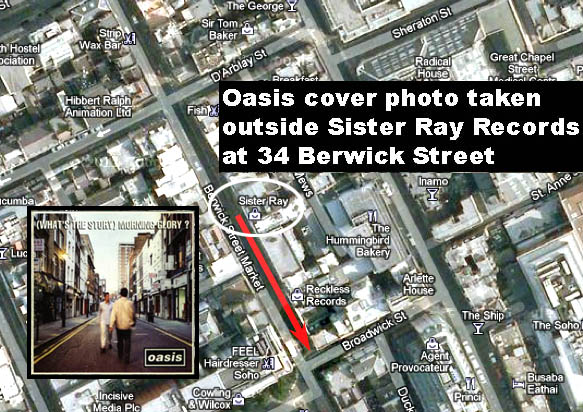
Here's where Berwick Street is in relation to central London. 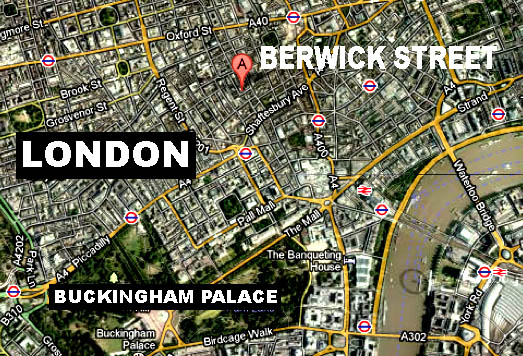
THE BEATLES - Abbey Road (released by Apple Records in 1969; cover photo: Lian Macmillan, based on a sketch by Paul McCartney; cover designed by Apple Records creative director "Kosh.") 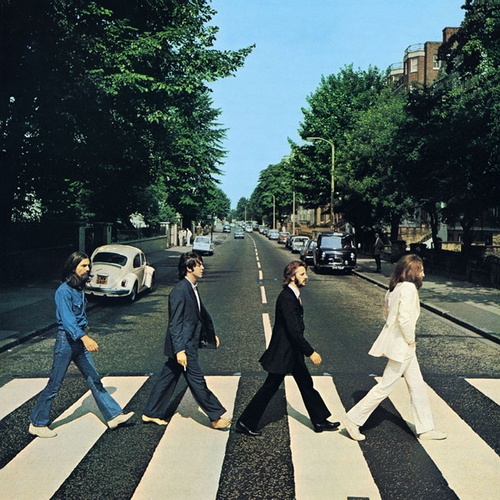
Here's a Google Street View image of Abbey Road and it's famous crossing lines. The Abbey Road Studio gates are to the left. 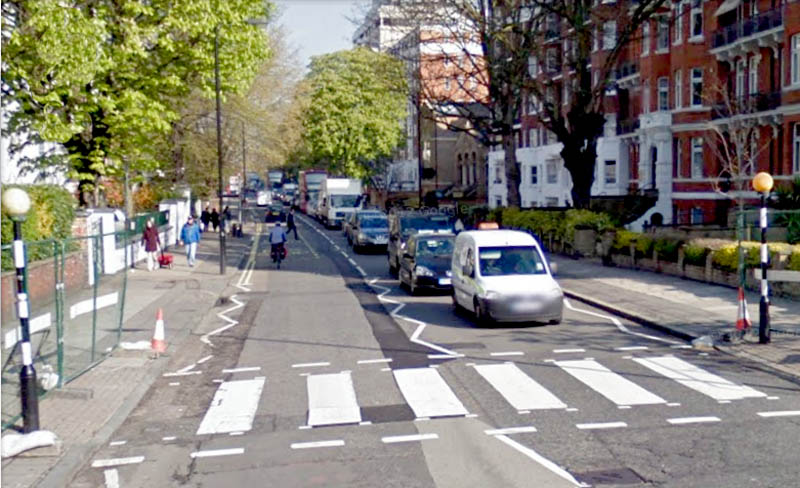
And here, superimposed, is the album over over the modern street, from Google Street views. 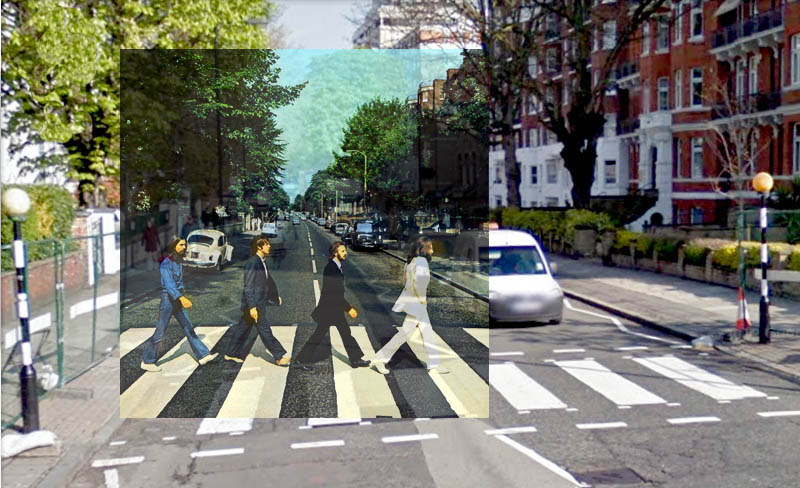
Here's an outtake. For many other outtakes go to Google Images and search for "Abbey Road outtakes." There's also a 24-hour-a-day webcam set up: Google search for "Abbey Road Webcam." 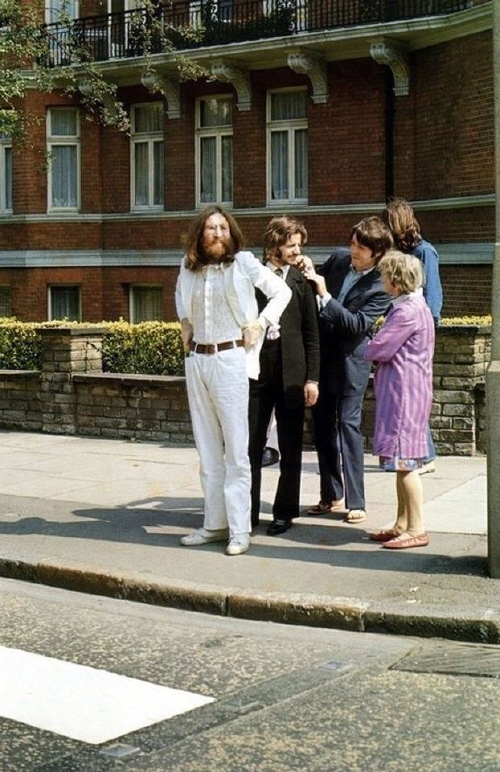
Here's the scene from further away. Here's how Wikipedia describes the shoot: "The front cover design, a photograph of the group traversing a zebra crossing, was based on sketched ideas by McCartney (see below) and taken on 8 August 1969 outside EMI studio on Abbey Road. At around 11:30 that morning, photographer Iain Macmillan was given only ten minutes to take the photo while he stood on a step-ladder and a policeman held up traffic." "In the scene, the group walks across the street single file from left to right, with Lennon leading, followed by Starr, McCartney, and Harrison. McCartney is barefoot. With the exception of Harrison, the other members are wearing suits designed by Tommy Hutter...(the Volkswagon to the left is now on display in Germany)...the man on the right is Paul Cole, an American tourist unaware he had been photographed until he saw the album cover months later...The image of the Beatles on the crossing has become one of the most famous and imitated in recording history." 
Here's my brother Jim, for example, holding the album and going barefoot across Abbey Road in 1971. 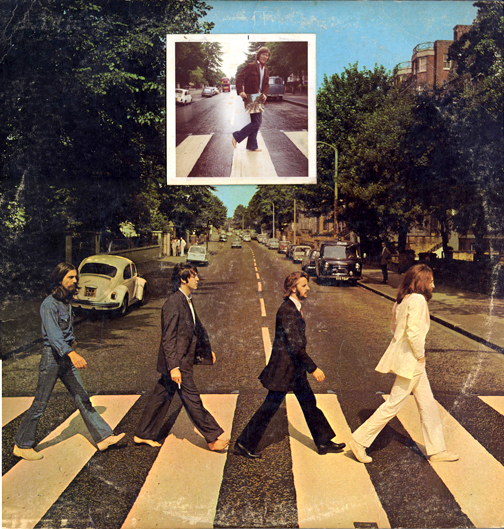
...and me, with my family behind me, imitating Abbey Road on 11th Street in New York City in 1996. 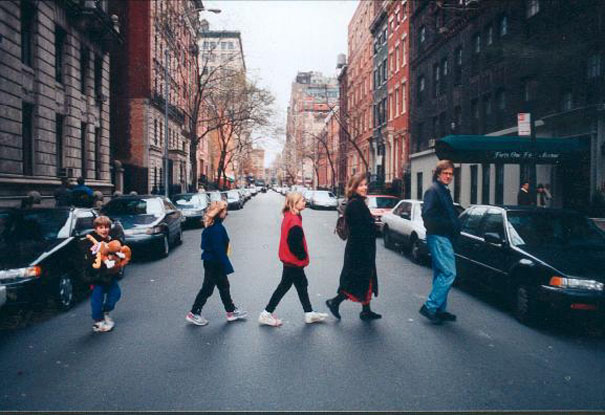
After this entry first came out, PopSpots reader Bernd Kroll from Germany sent in this photo of Abbey Road that he took on October 9, 1970, about 14 months from the day the Beatles took their walks. To me, it's interesting that the cars on the left are parked over the curb like the Volkswagon in the original, but the cars on the right don't go over the curb. 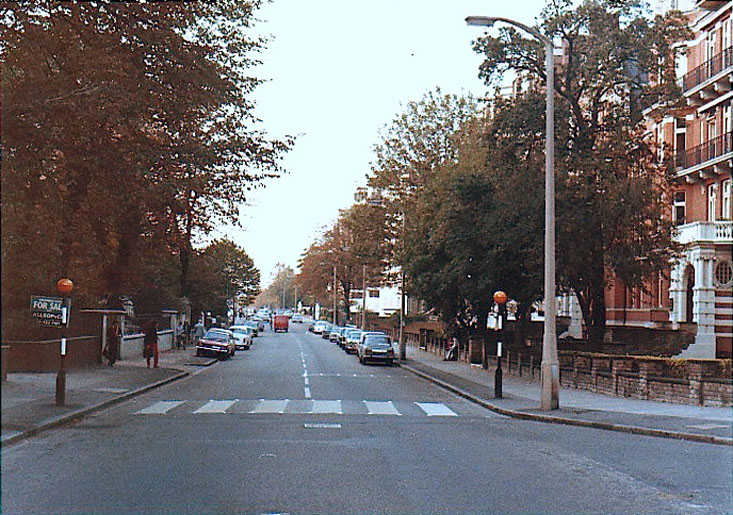
(Photo by Bernd Kroll; Photoshop detail by emi tex) This is a copy of some sketchs Paul made to show the photographer how he wanted the cover to look. The left side is an overview of the road and crosswalk from above. 
And here's Abbey Road in relation to the rest of London. 
Richard Thompson - Hand of Kindness (album released by Hannibal Records in 1983; cover photo: Bill Gill; art direction: Margot Core ) 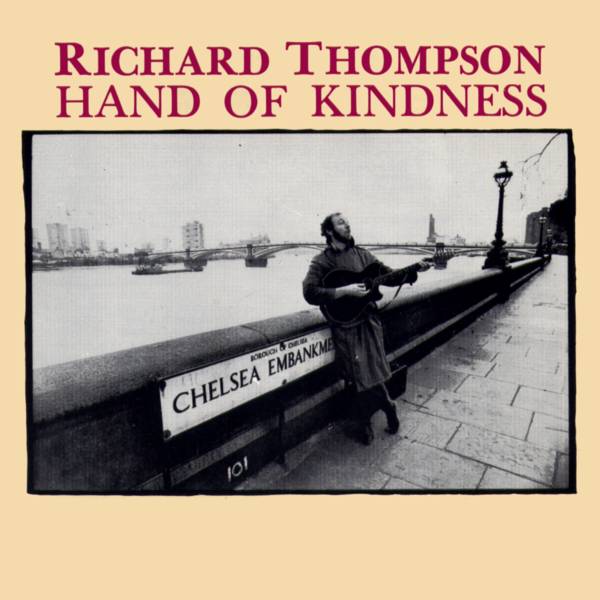
The album cover location along the Thames River in London, from a photo I took in 1987. 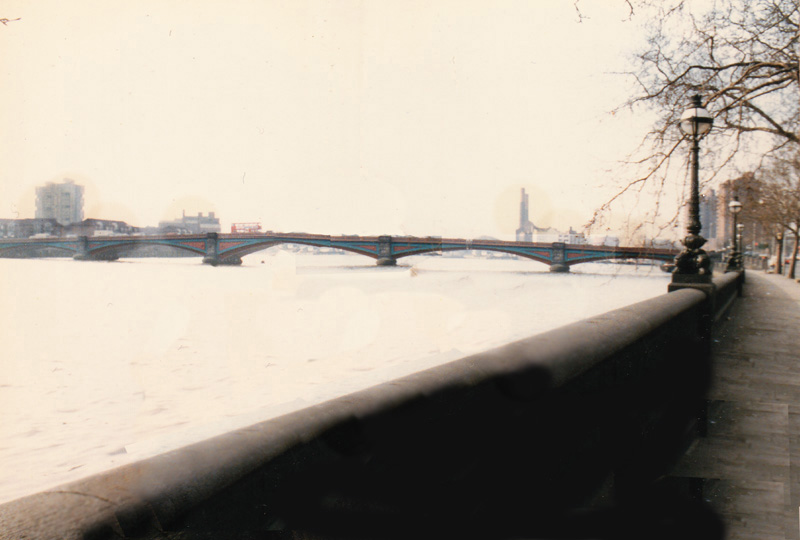
Here is the cover superimposed over the actual location. 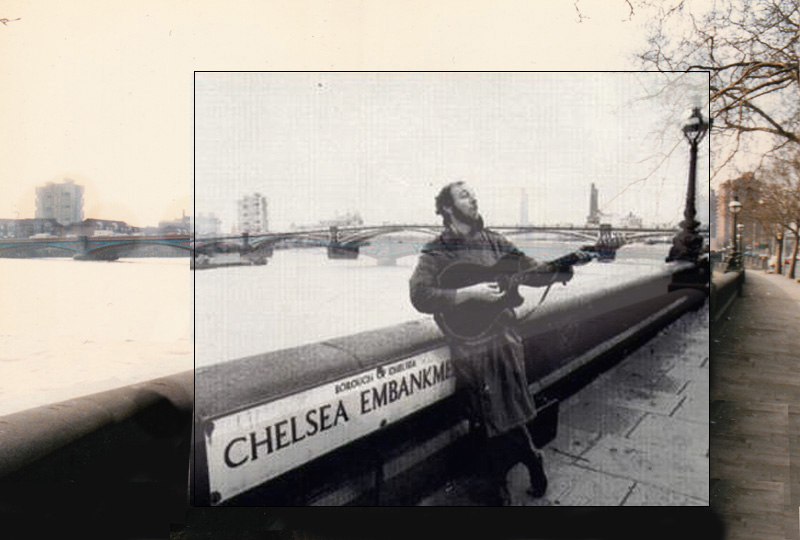
I circled some matching details in these photos. In the background is the Battersea Bridge. 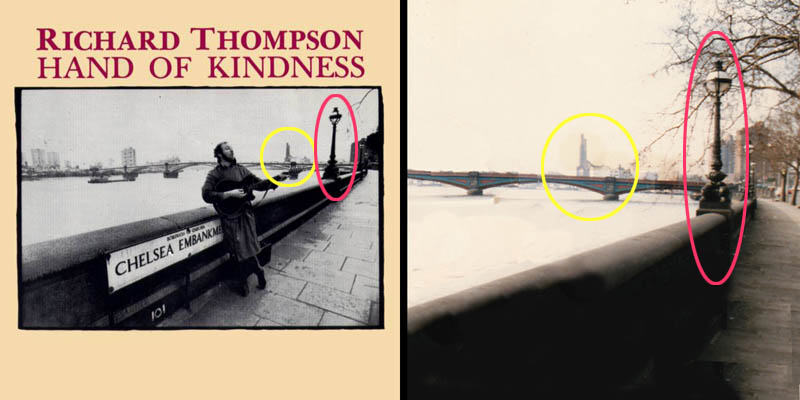
To get to the approximate spot where the photo was taken using Google Street Views, type in "chelsea embankment and old church street london." When you get to the sky above there, bring the little yellow Street View man down onto Chelsea Embankment right between the Battersea Bridge and the Albert Bridge. You will see the scene below 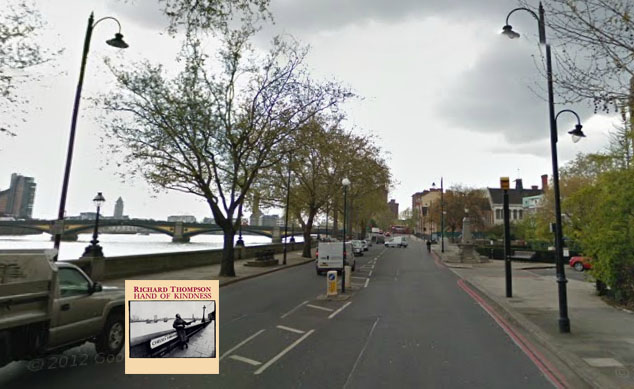
Here's a map showing where Chelsea Embankment (2 red ovals) is in relation to the rest of London. The white arrow points to the location of the photograph. 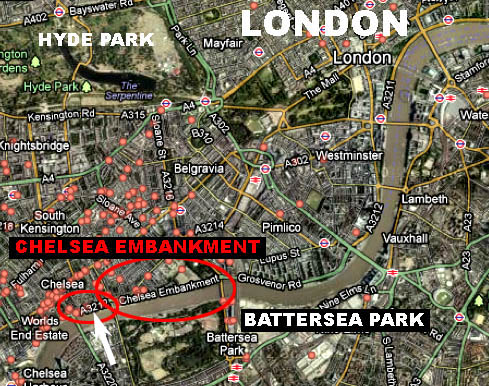
The Beatles - The Beatles/1962-1966 ("The Red Album") and The Beatles 1967-1970 ("The Blue Album") (Both are compilations and both were released by Apple in 1973; both photos by Angus McBean; albums designed by Tom Wilkes. 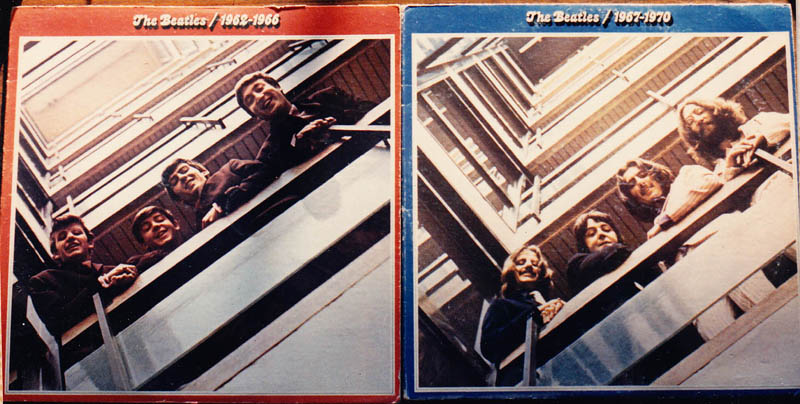
The Beatles were photographed in the glass atrium of this building looking down at the photographer in 1963 (red album) and again, in the same spot, six years later in 1969 (blue album). The building was the EMI House in London on Manchester Square. EMI was their record label. I took this photo in 1987 (and have photoshopped people out of it). The building has since been replaced.
Here's the Fab Four in 1963 looking over the balcony on the third floor. 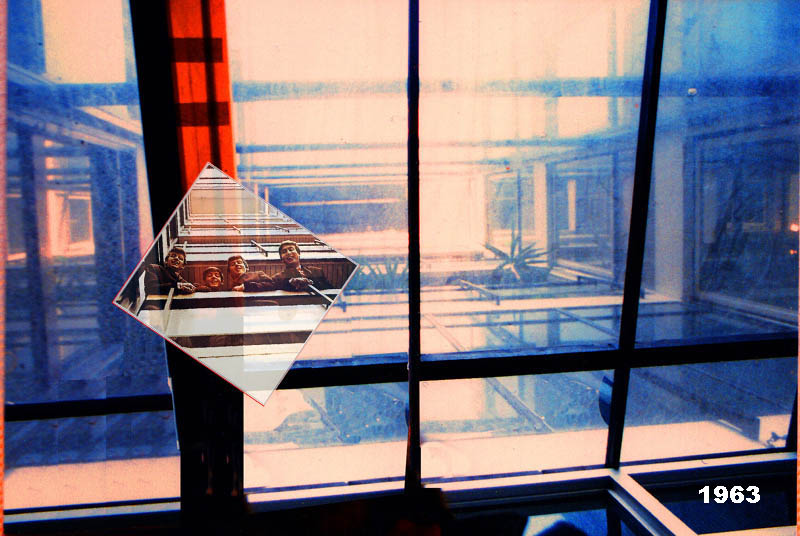
...And since they liked doing it so much, here they are again, in the same location in 1969. 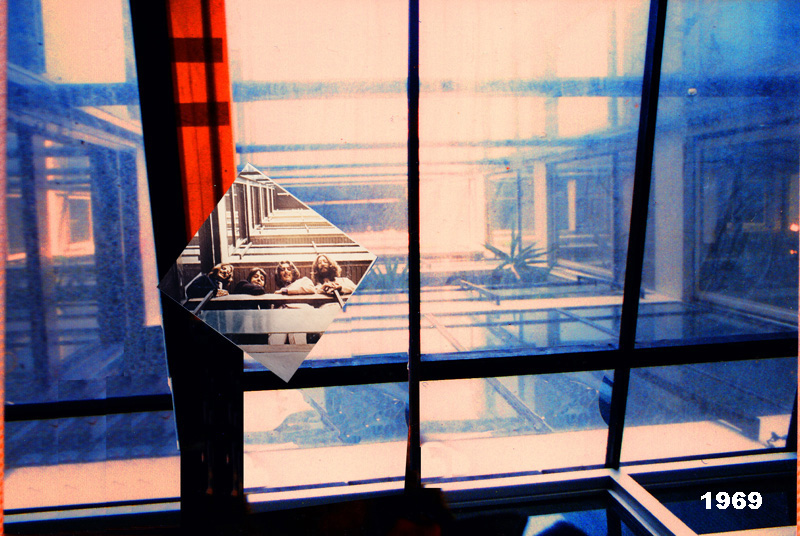
This is what the atrium looks like minus the Beatles. In the period between 1969 and 1987 when I took the picture, a glass ceiling was build over the entrance, probably to keep out the cold. 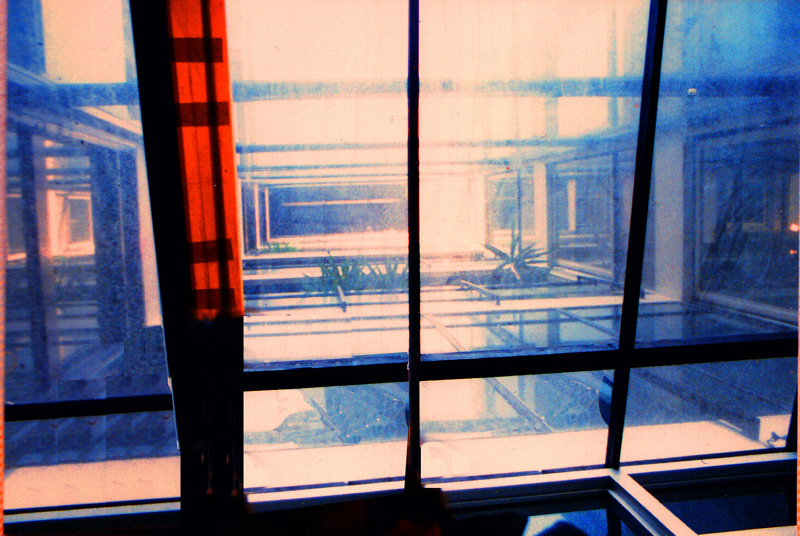
The Sex Pistols would later do their own tribute to the famous shot in 1977. (Thank you to Flaming Pablum - on the web at vassiferblogs.com - for the tip.) 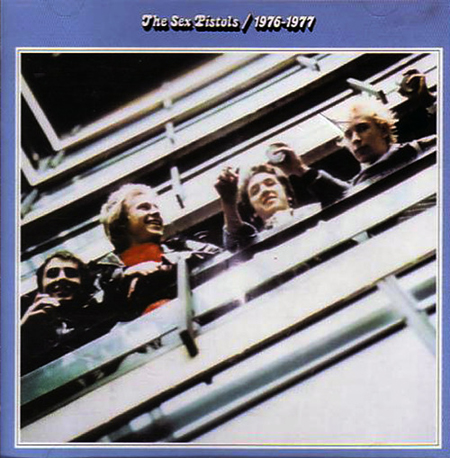
Here's a map of where the EMI House used to be in relation to the rest of London. 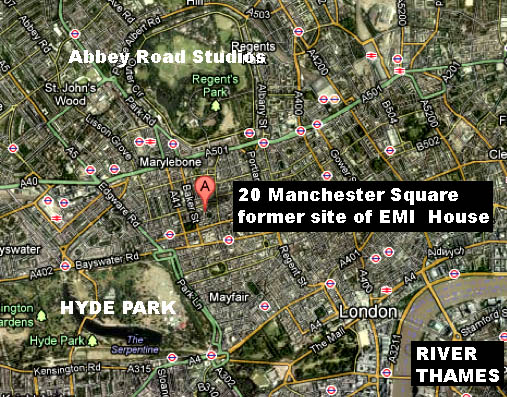
Carly Simon - Anticipation (released by Elektra Records in 1971; cover photo by Peter Simon (her brother) 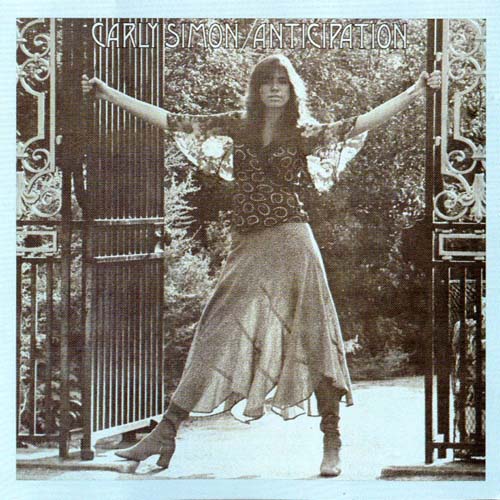
The cover photo was taken at the gates of Queen Mary's Garden in Regent's Park, London, the city where Carly was recording the album. 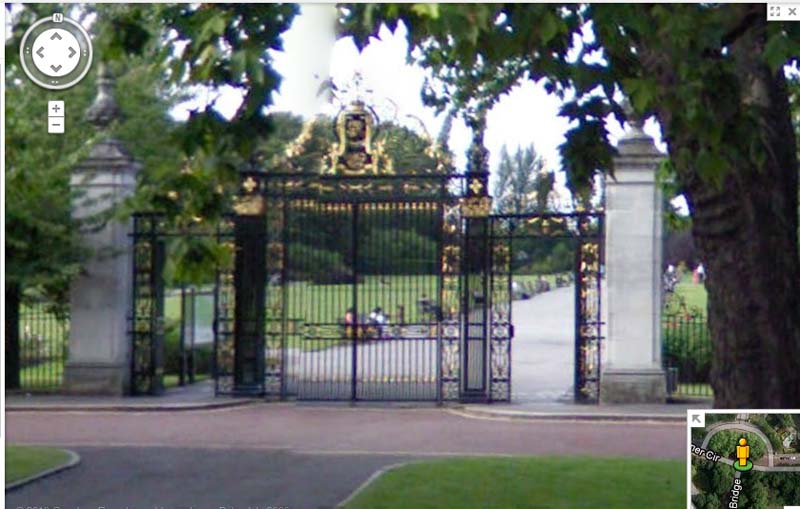
And putting the album into the gate. Voila! Your cover location anticipation is rewarded! 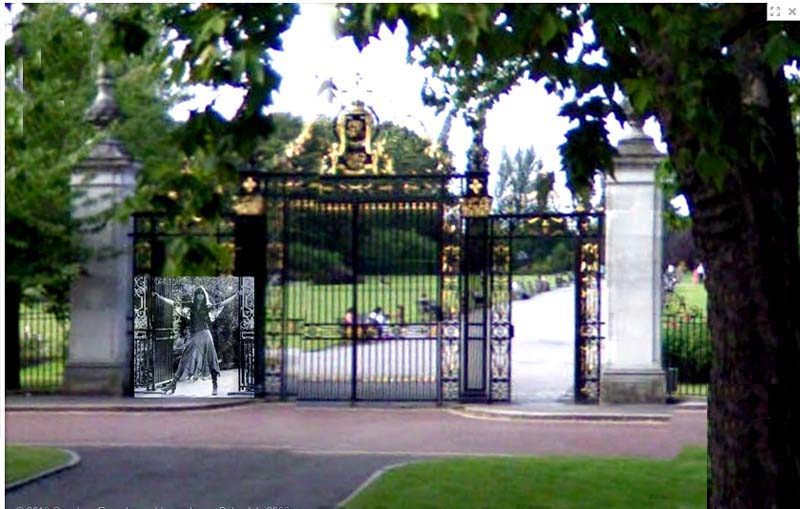
This is a satellite view of Regent's Park. You can find the gates, as I did, by going to Google Maps and searching for "Regent's Park London." When you get down to street view, you can only get to the street labelled "Inner Circle," -- then you have to "zoom in" to see the gates. For outtakes from this photo session and in-depth look at Carly Simon's other covers, check out the blog called "Carly Simon - Album Covers."
Here's Regent's Park in relation to the rest of London. 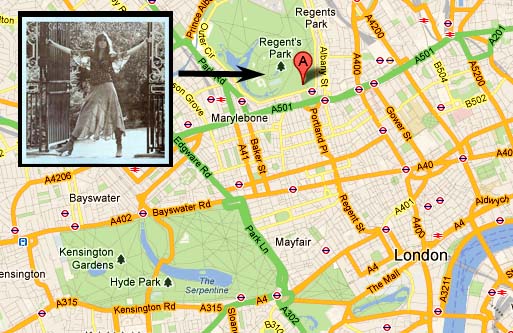
The Clash - The Clash (released by CBS Records in 1977; cover photo by Kate Simon) 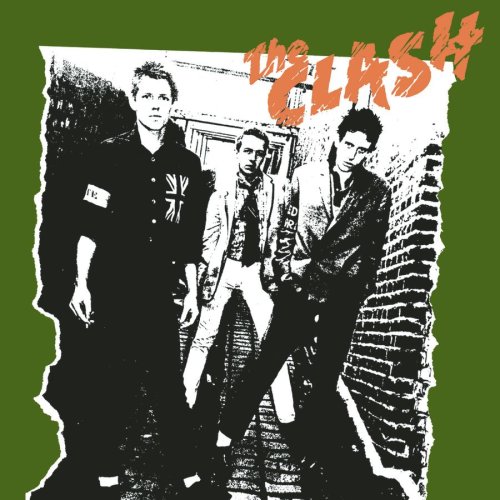
The album cover photo location is an outdoor stairway near the band's rehearsal studio in Camden ("Stables") Market in Camden Town in northern London. (Photo from Flickr Creative Commons by "-gee-.") 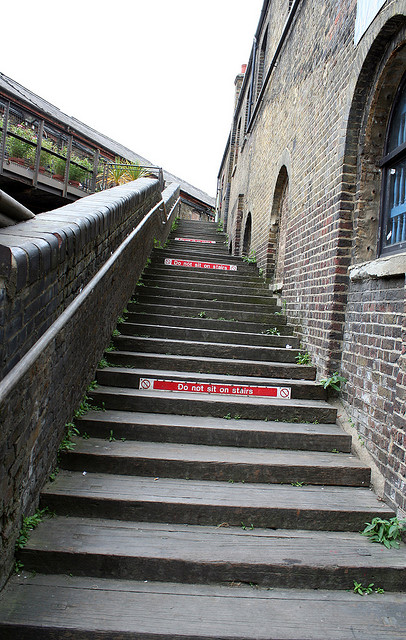
The album superimposed over the present day stairs. 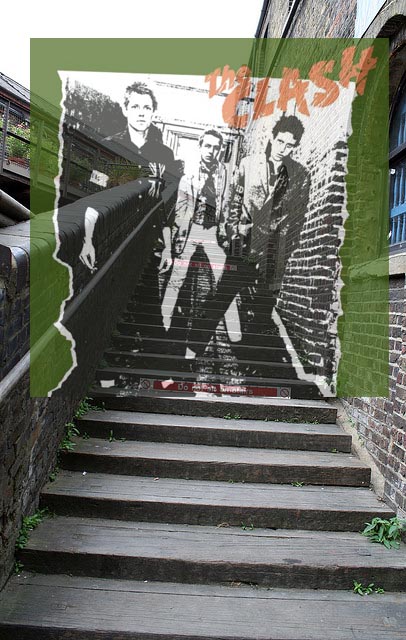
A closer look at the Camdem ("Stables") Market and the stairs, from above. 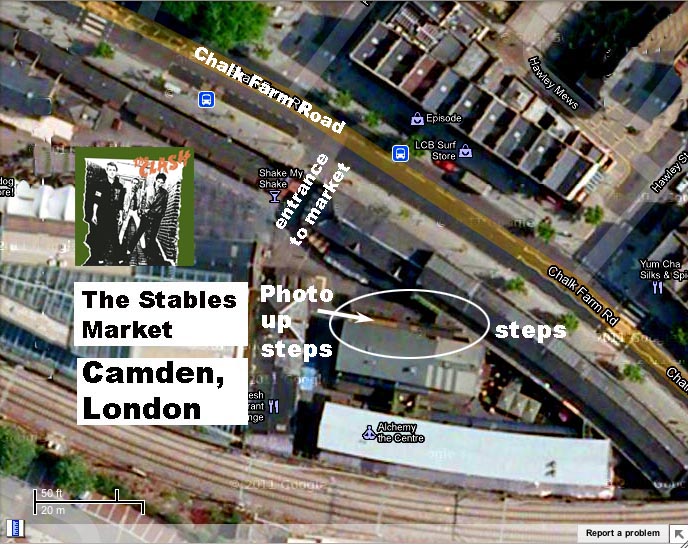
And finally, a shot of the entrance to the "Stables" market. 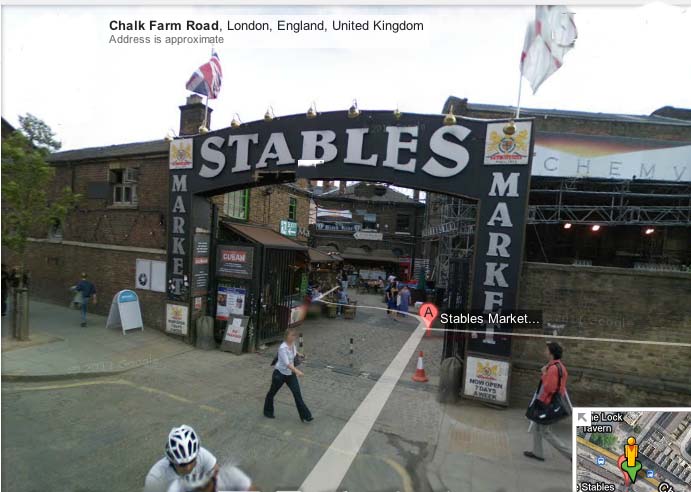
Here's a map to the area, showing the Stable's Market in relation to central London.' 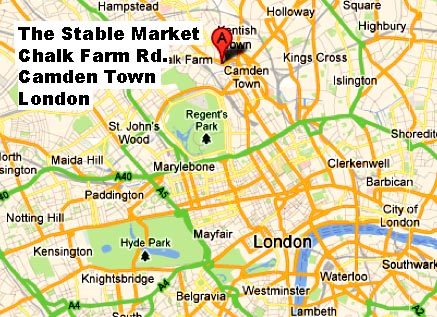
PINK FLOYD - Animals (the album was released by Harvest/EMI in 1977; cover photo and design by Hipgnosis) 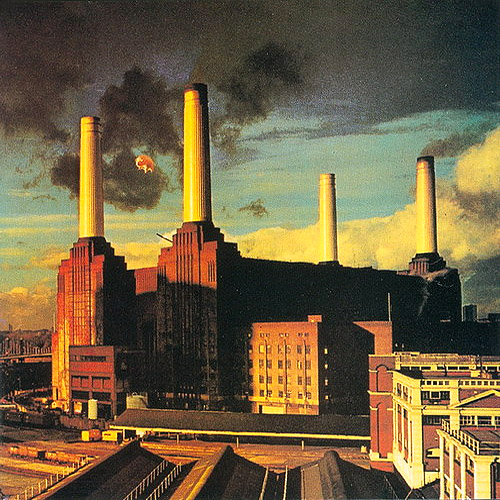
The album cover is a photograph of the Battersea Power Station which is now decomissioned. It is on the south shore of the Thames River in the southwest of London. Here is the view from where Savona Street meets Battersea Park Road in Battersea via Google Street View. 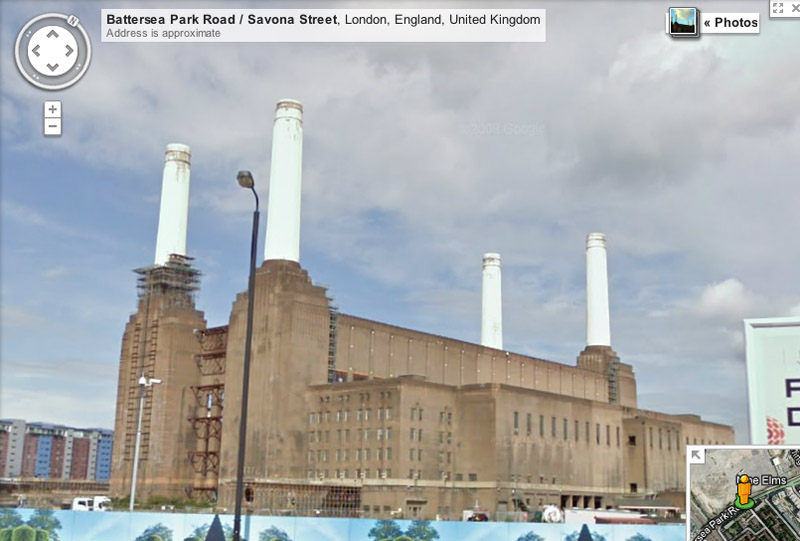
And another shot from the same spot, but from further back. 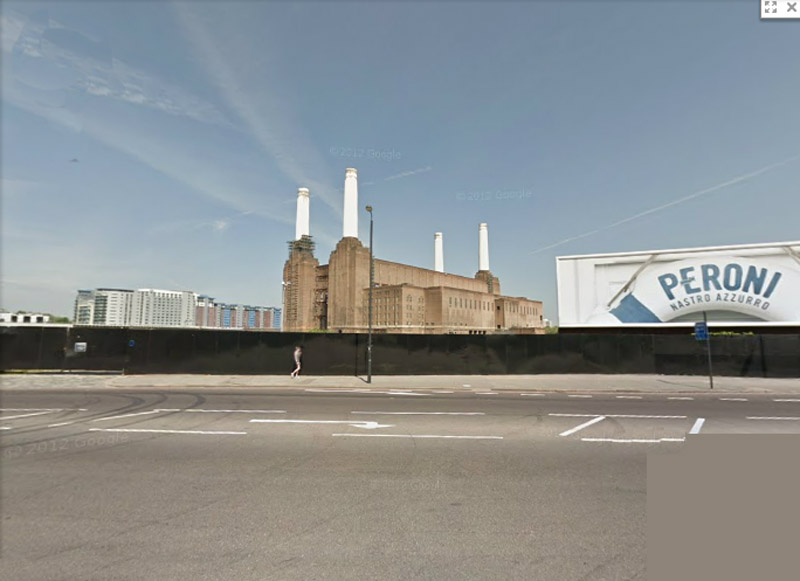
And now, with the cover superimposed. 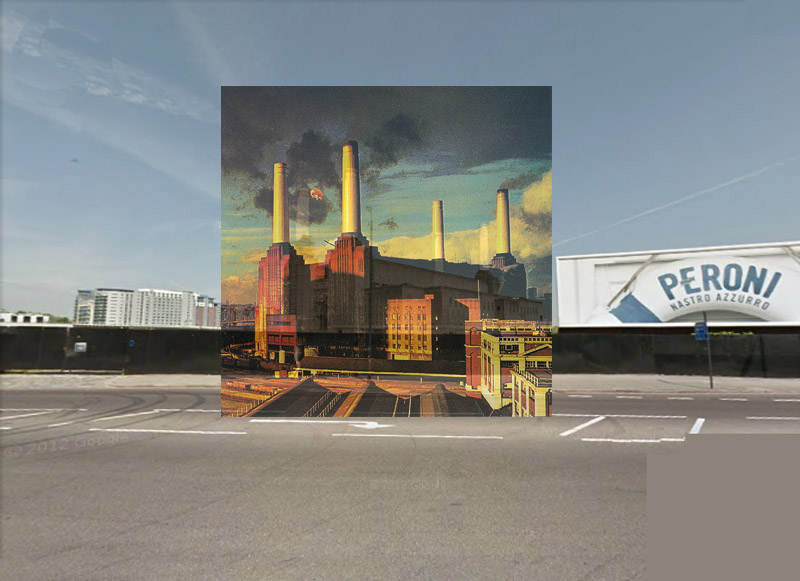
Here's a map of Battersea in relation to central London 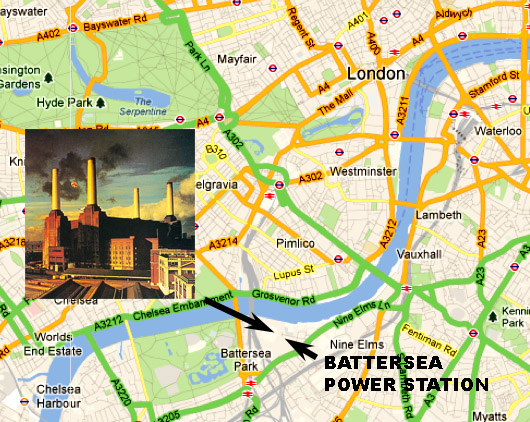
Here's another map of approximately from where the cover shot was taken, using the space between the towers on the front of the building as a guide. You can find it by going to Google Maps and searching for "battersea park road and savona street london." Then use Street View. 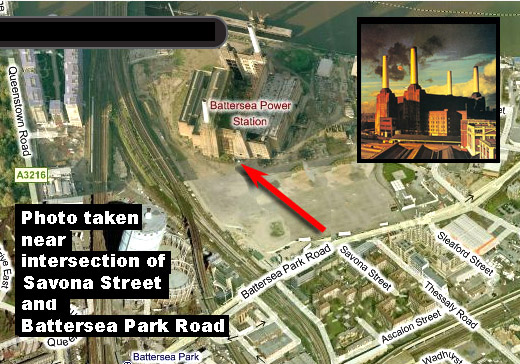
This is another shot of the album, this time with the cover opened. 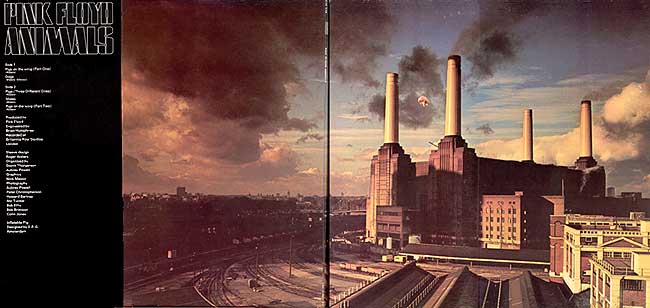
Here's a view you don't usually see - an aerial view of the Battersea Power Station via Bing Bird's Eye View (or, in this case, maybe pig's eye view). On the cover of the album there is a large balloon-like pig floating over the power station. An attempt was made to photograph a specially-made 30-foot helium pig over the station, but it got loose twice (once it blew far out of London and came down in a farm). Altogether the pictures taken without the pig seemed better, so a picture of the inflated pig was later superimposed on the album cover. 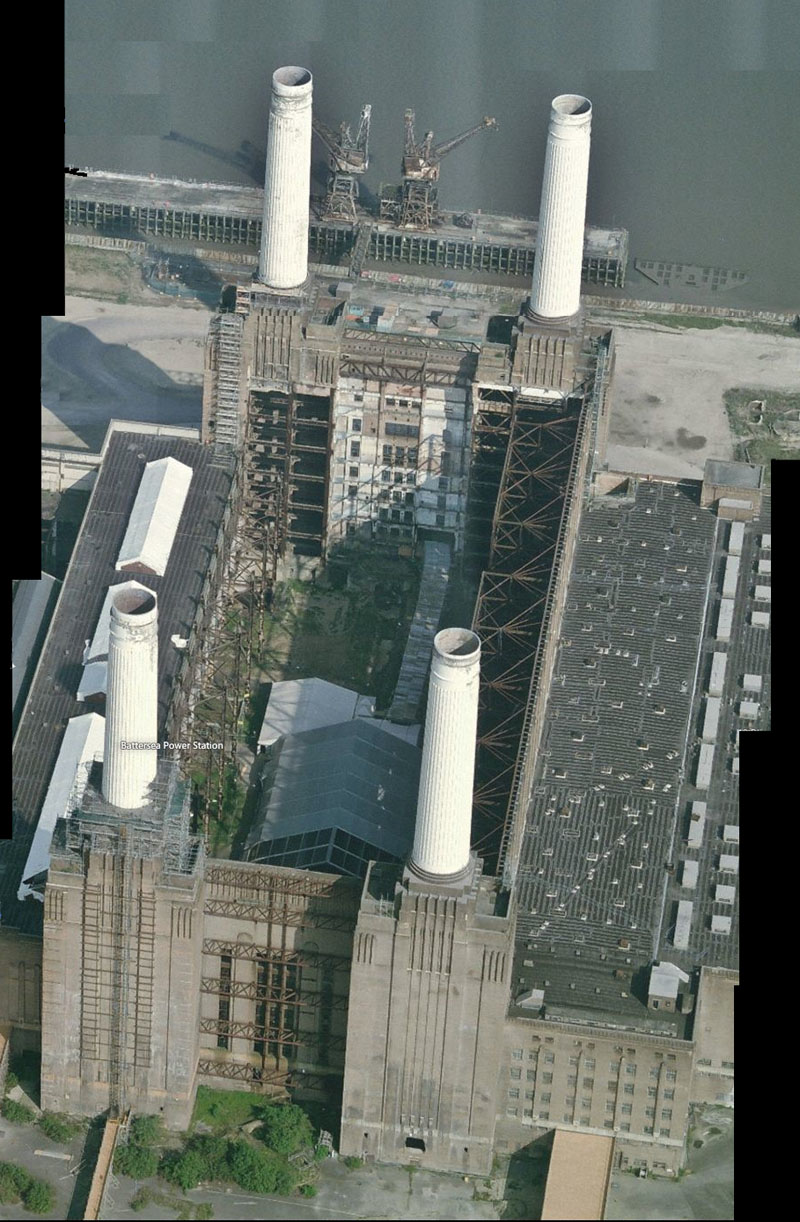
And lastly, from Flickr Commons via Bex.Walton, a picture of the flying pig taken during the re-creation of the cover to mark the remastering of the album in 2011 (thanks, Garry Clarke, for that info). 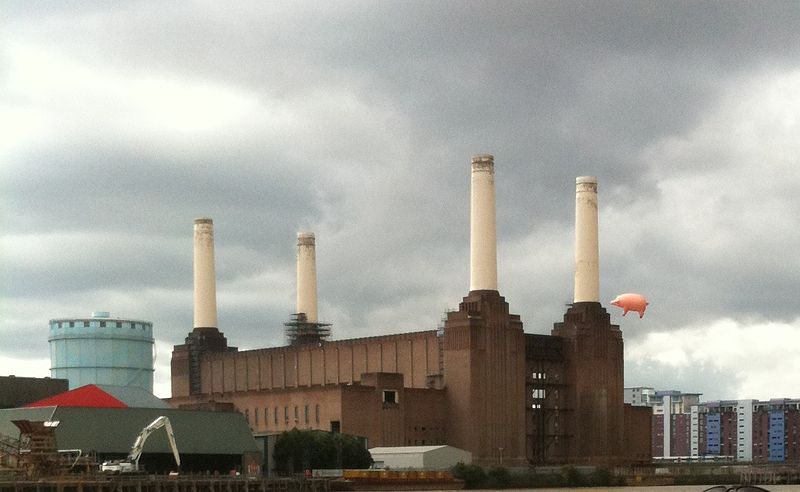
(Photo: Bex.Walton via Flickr Commons. Thank you, Bex.) 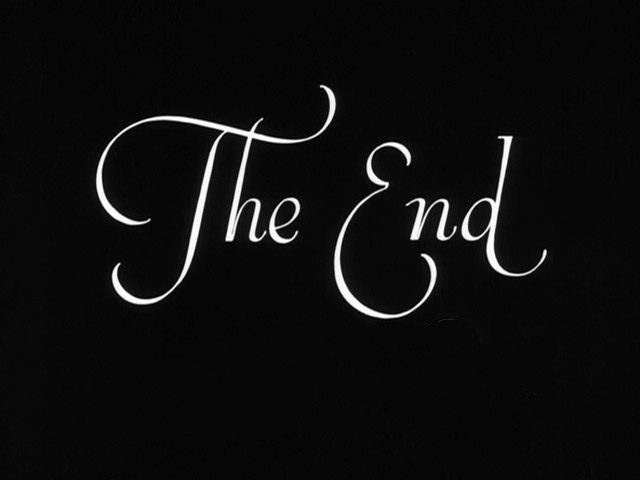
|
||

